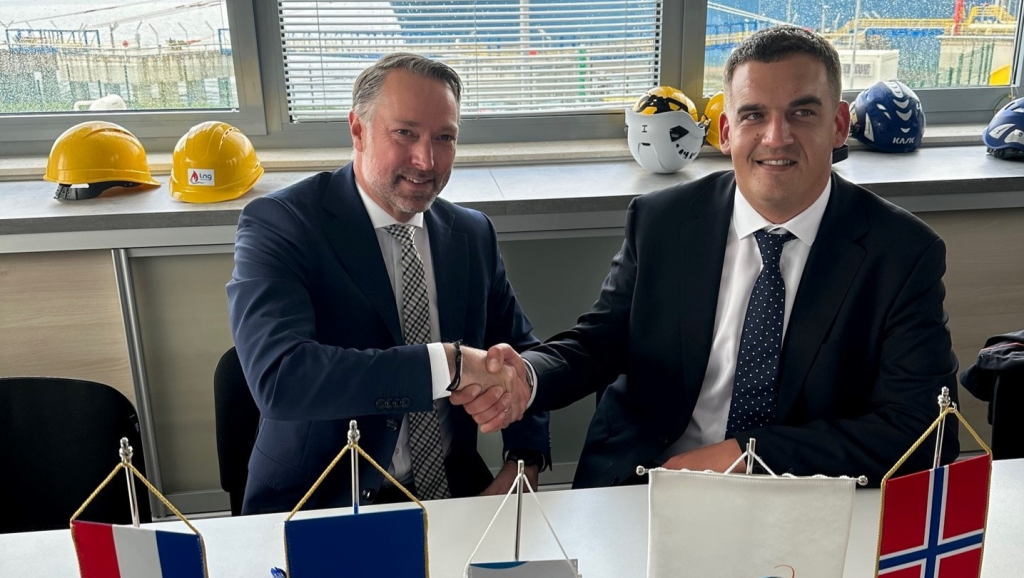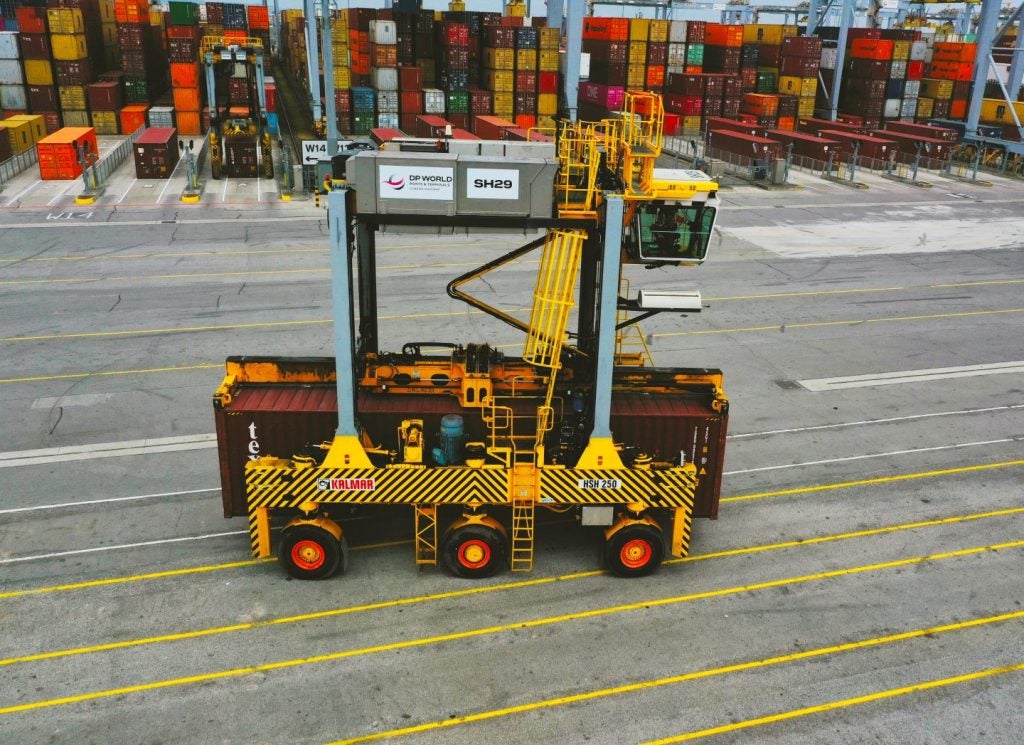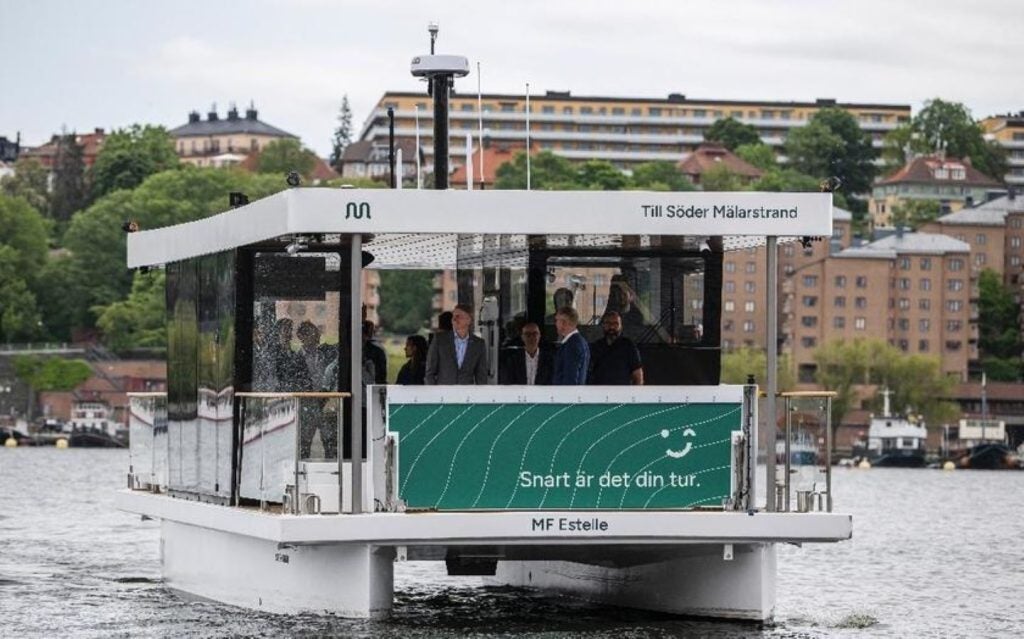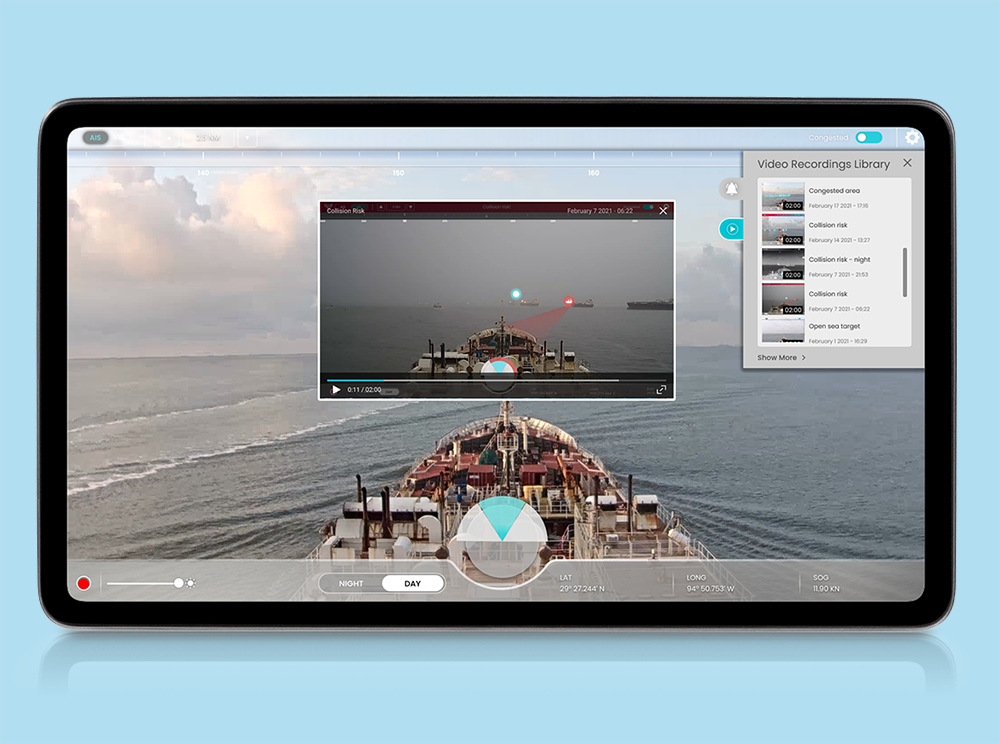Wärtsilä has signed another contract as part of its liquified natural gas offerings to extend the regasification capacity of the LNG Croatia vessel.
The company will be installing a new module alongside one of its own regasification systems already fitted on the Floating Storage and Regasification Unit vessel, which acts as the LNG terminal for LNG Hrvatska on Krk island, Croatia.
Wärtsilä’s new module is part of LNG Hrvatska’s wider expansion plans, as it will increase the terminal’s capacity by 212 million standard cubic feet per day.
Kjell Ove Ulstein, sales and marketing director for Wärtsilä Gas Solutions, said: “The expansion project for the Krk terminal is very significant in strengthening Croatia’s energy security and gas supply.
“We at Wärtsilä are very proud to support this project with our advanced regasification technology.”
LNG-powered vessels have been seen by many in the maritime industry as a key part of the effort to lower emissions as they can offer a 99% reduction in sulphur and fine particle emissions and a 20% reduction in greenhouse gases.
The regasification element of an LNG system turns the liquified product back into its gaseous form so it can be used as fuel to power vessels.
Use of the product has become increasingly popular with data showing that there will be more LNG tankers than oil supertankers by just 2028, based on the number of orders currently in place.
In response to this, Wärtsilä has seen a number of moves in the LNG sector both installing new equipment and expanding or supporting existing operations, such as in a ten-year agreement with French ferry operator Corsica Linea.
Describing the manufacturing company’s product, LNG Hrvatska managing director Ivan Fugaš said: “The existing Wärtsilä regasification module onboard the ‘LNG Croatia’ has been efficient and reliable.
“We are pleased therefore to once again turn to Wärtsilä for this new unit that will allow us to meet our expansion plans.”















